
Professional Stinging Pest Control Services
Professional Solutions for Stinging Pest Infestations
Stinging insects can quickly turn your outdoor spaces from relaxing retreats into areas of anxiety and discomfort. Beyond the painful stings they deliver, these persistent pests can pose serious health risks, especially to those with allergies. Our professional stinging pest control services provide effective solutions to eliminate wasps, hornets, bees, and other stinging insects from your property and help you reclaim your outdoor living areas.

Understanding Stinging Pests
What Are Stinging Pests?
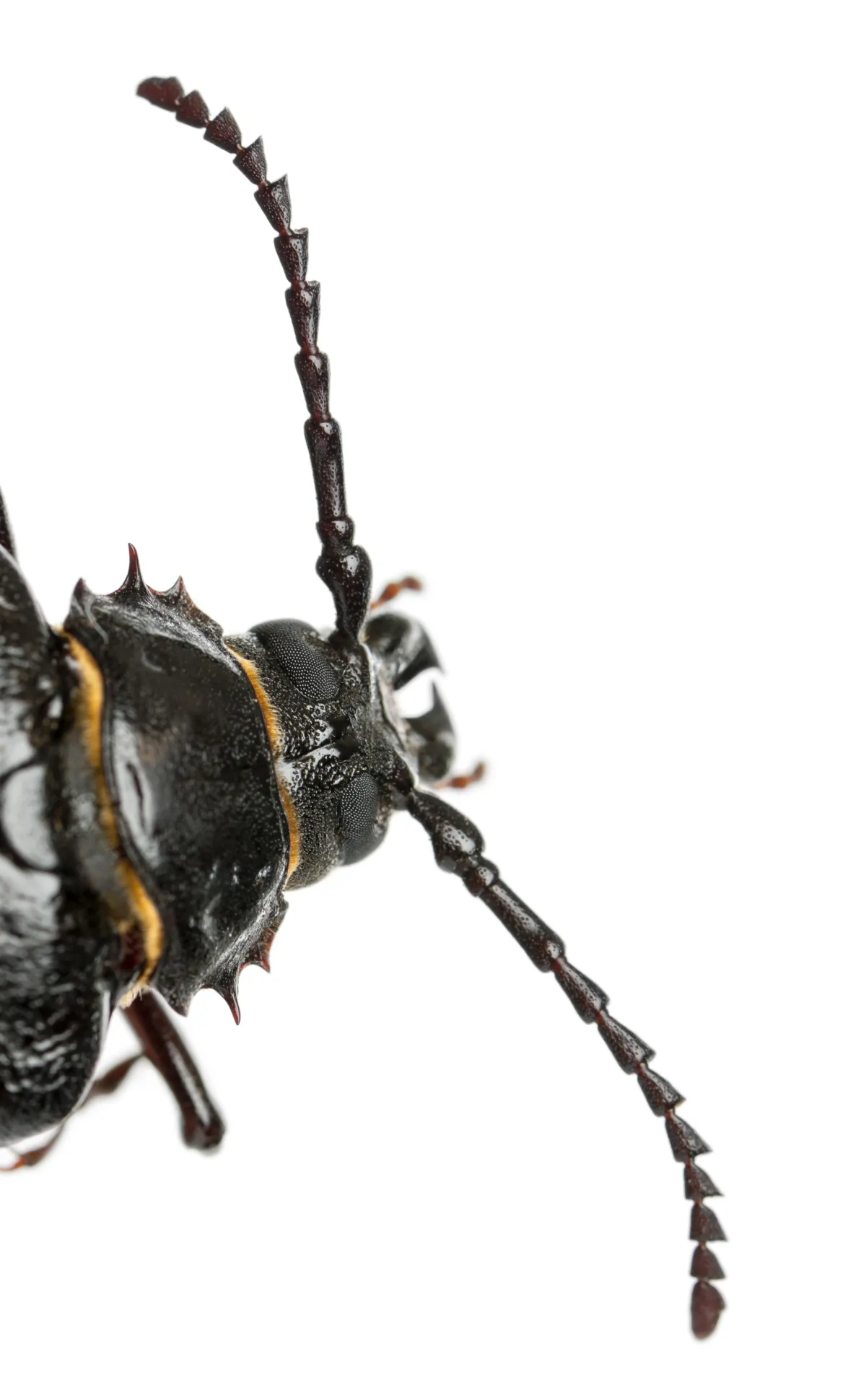
Stinging pests belong primarily to the insect order Hymenoptera, which includes wasps, hornets, bees, and some ants. These insects are characterized by their ability to defend themselves or their colonies through venomous stings delivered by a modified ovipositor (egg-laying structure) in females. While many stinging insects play beneficial roles as pollinators or predators of other pests, they can become dangerous when their nests are established near human living spaces.
Stinging Pest Characteristics
Appearance: Varies by species but often feature distinctive black and yellow warning coloration
Size: Range from 1/4 inch to over 1 inch in length depending on species
Colony Structure: Many form social colonies with queens, workers, and specific roles
Lifespan: Complete metamorphosis with four stages: egg, larva, pupa, and adult
Diet: Varies by species—many adults feed on nectar while larvae consume insects or pollen
Common Household Stinging Pest Species
Several factors can make your property attractive to stinging pests:
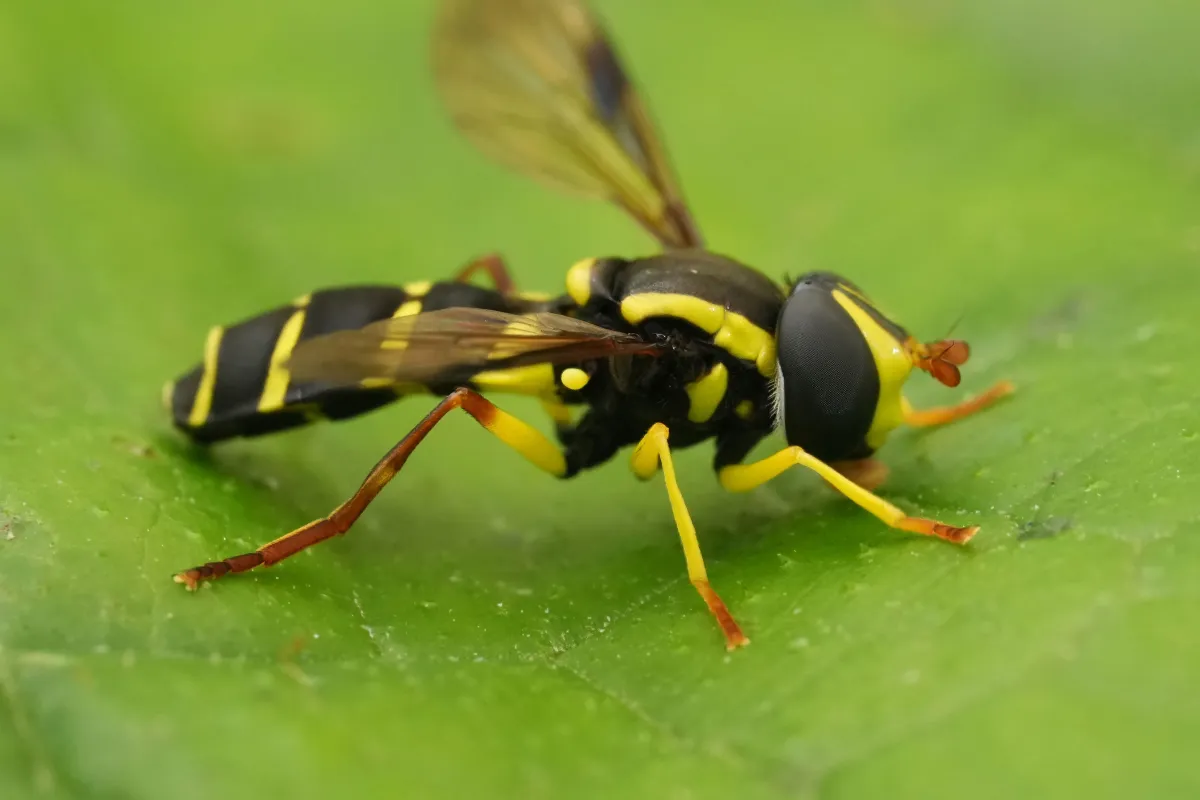
Wasps
Size: 1/2 to 1 inch long
Color: Slender bodies with distinct black and yellow stripes
Behavior: Build paper-like nests in trees, under eaves, or in shrubs; can be aggressive when threatened
Concern: Can sting repeatedly, causing pain, swelling, and potential allergic reactions
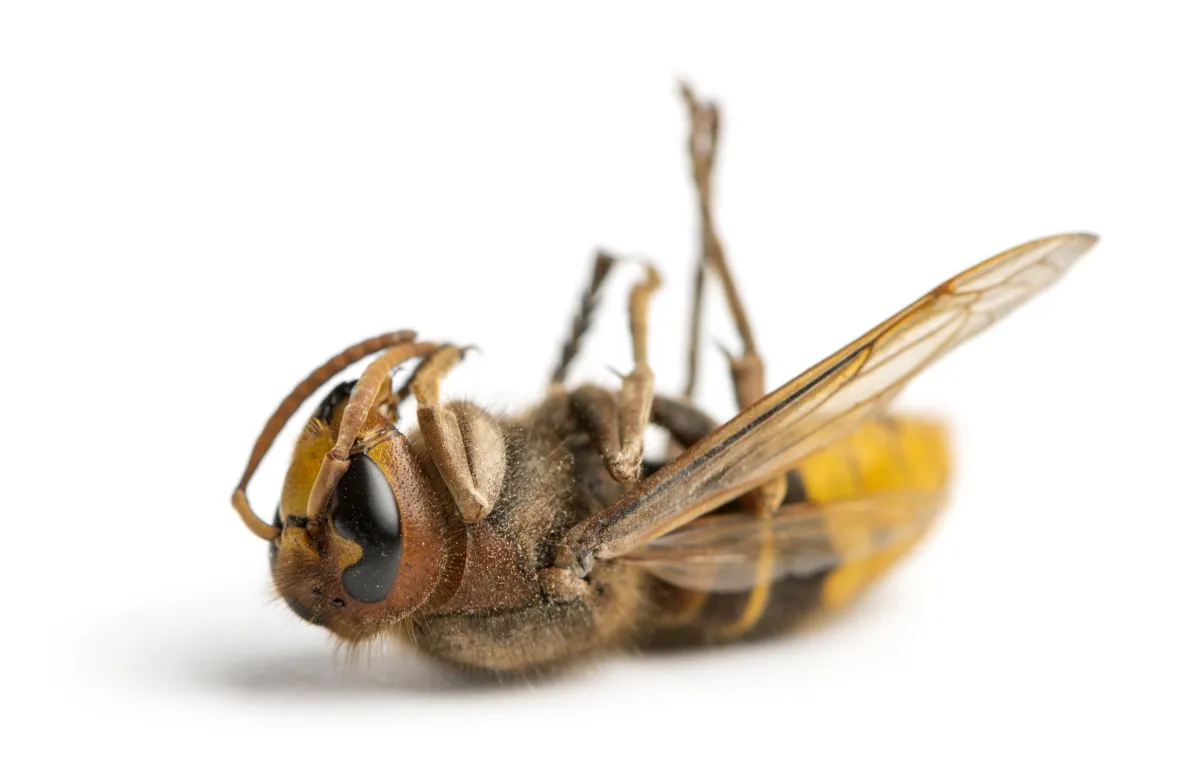
Hornets
Size: 3/4 to 1-1/2 inches long
Color: Larger than wasps with distinctive black and white or brown and yellow markings
Behavior: Build large, enclosed paper nests typically high in trees or on buildings
Concern: Highly aggressive when nest is threatened; deliver powerful stings that can be dangerous
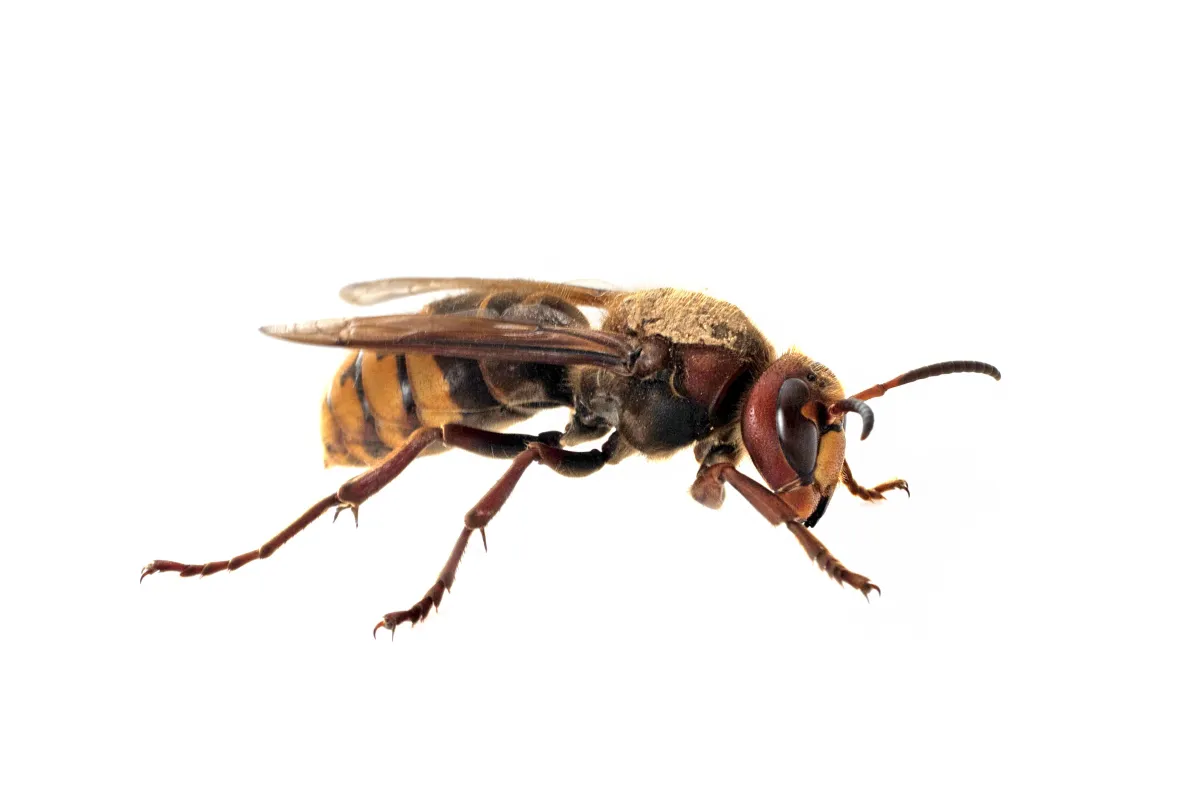
Bees
Size: 1/2 to 1 inch long
Color: Robust, hairy bodies with black and yellow or brown stripes
Behavior: Vary by species from building hives to burrowing in ground or wooden structures
Concern: Though generally less aggressive, stings can cause allergic reactions; honey bees die after stinging
Signs of a Stinging Pest Infestation
You may have a stinging pest problem if you notice:
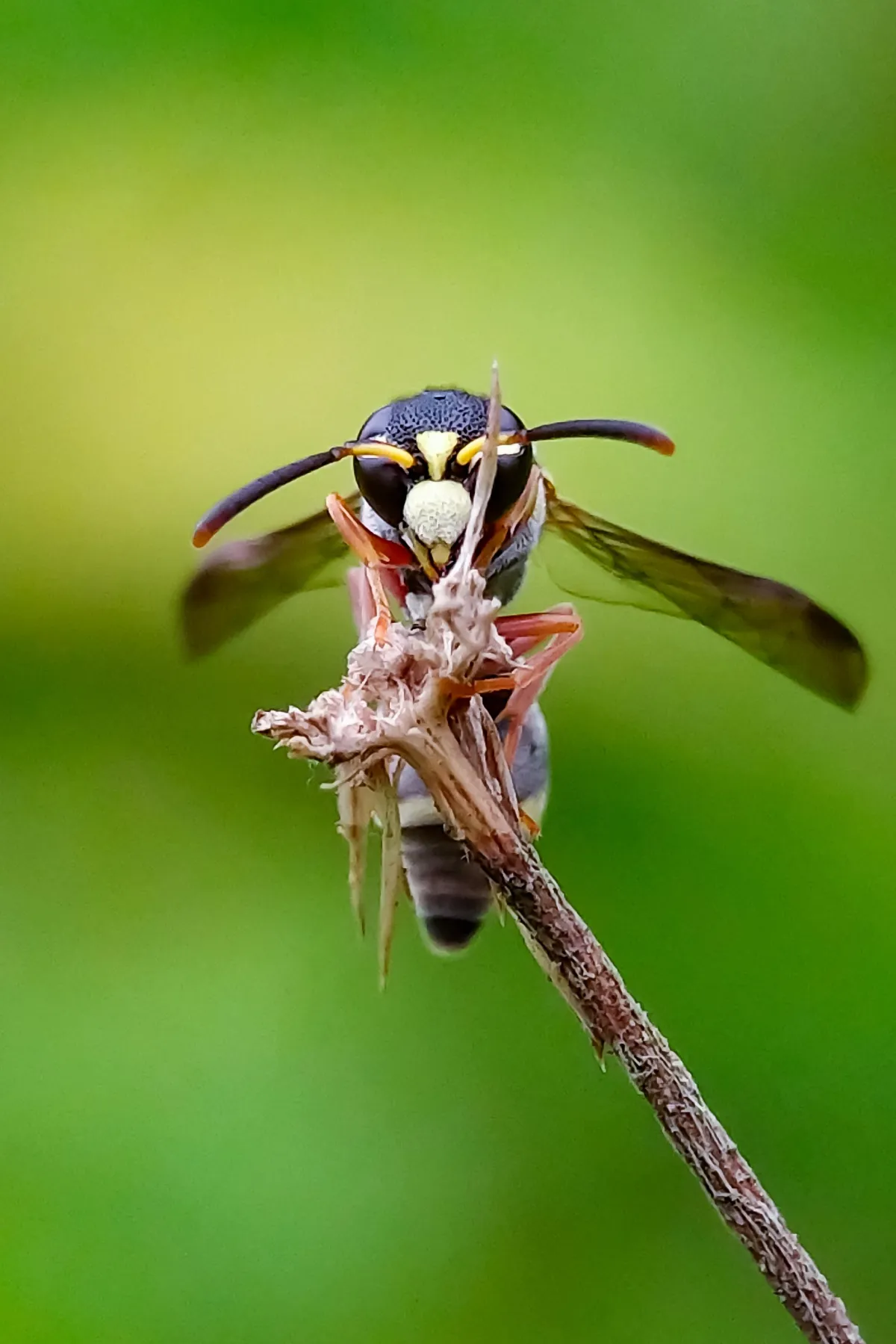
Visible Nests:
Paper-like structures under eaves, in trees, or in shrubs
Increased Activity:
Regular sightings of wasps, hornets, or bees around your property
Entry/Exit Points:
Insects consistently entering or exiting from the same area
Wood Shavings:
Fine sawdust below wooden structures (indicating carpenter bee activity)
Previous Stings:
Family members or pets receiving stings on your property
Hidden Indications
Buzzing Sounds:
Audible buzzing from wall voids, attics, or enclosed spaces
Seasonal Patterns:
Increased activity during warm months, especially late summer and fall
Attraction to Food:
Stinging insects gathering around outdoor eating areas or trash
Nighttime Activity:
Some species return to nests at dusk, making nests easier to locate
The Risks of Stinging Pest Infestations
Stinging pests can cause several problems around your property:

Painful Stings:
All stinging insects deliver painful venom that can cause swelling and discomfort
Allergic Reactions:
Some people experience severe allergic reactions that can be life-threatening
Multiple Stings:
Wasps and hornets can sting repeatedly, increasing venom exposure
Structural Damage:
Carpenter bees can damage wooden structures through tunneling
Outdoor Limitations:
Presence of nests can restrict the use and enjoyment of outdoor spaces
Our Comprehensive Stinging Pest Control Approach
We take a multi-faceted approach to stinging pest control:

Thorough Inspection
Our technicians will conduct a detailed inspection to:
Identify the stinging insect species present
Locate all active nests and high-activity areas
Determine entry points and conducive conditions
Assess the extent of the infestation
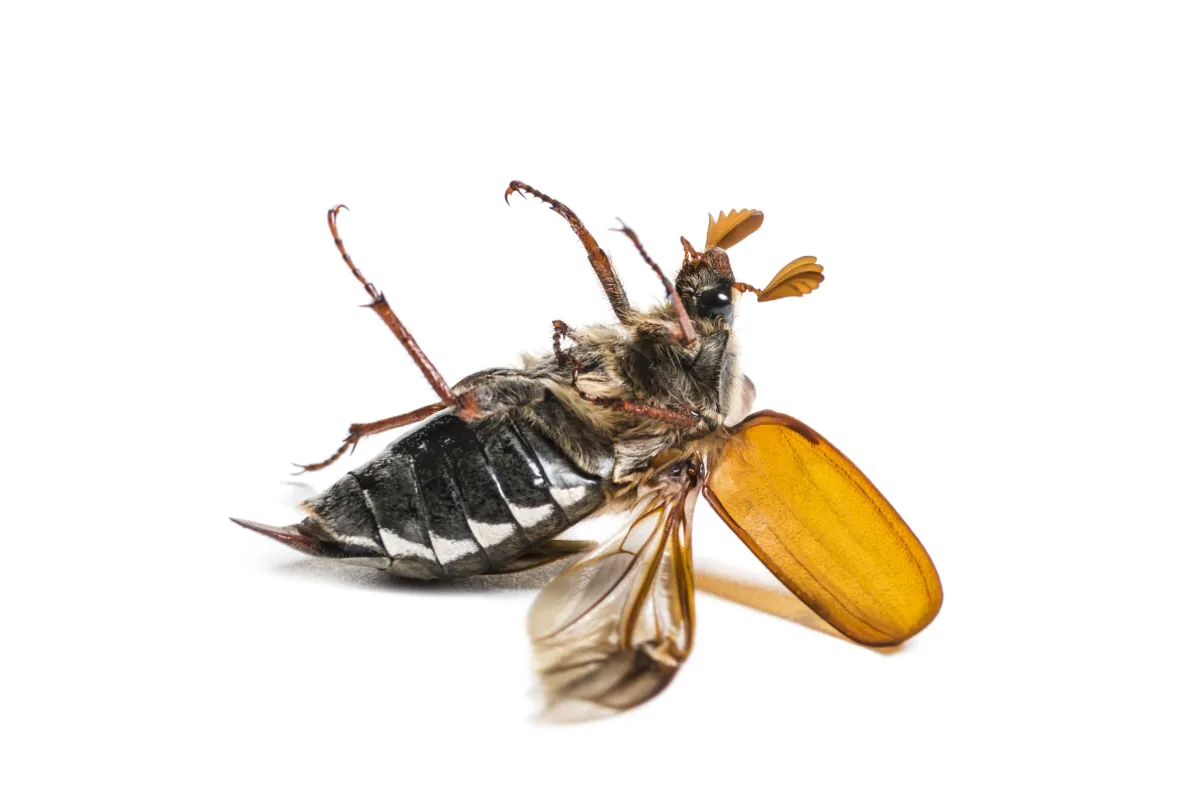
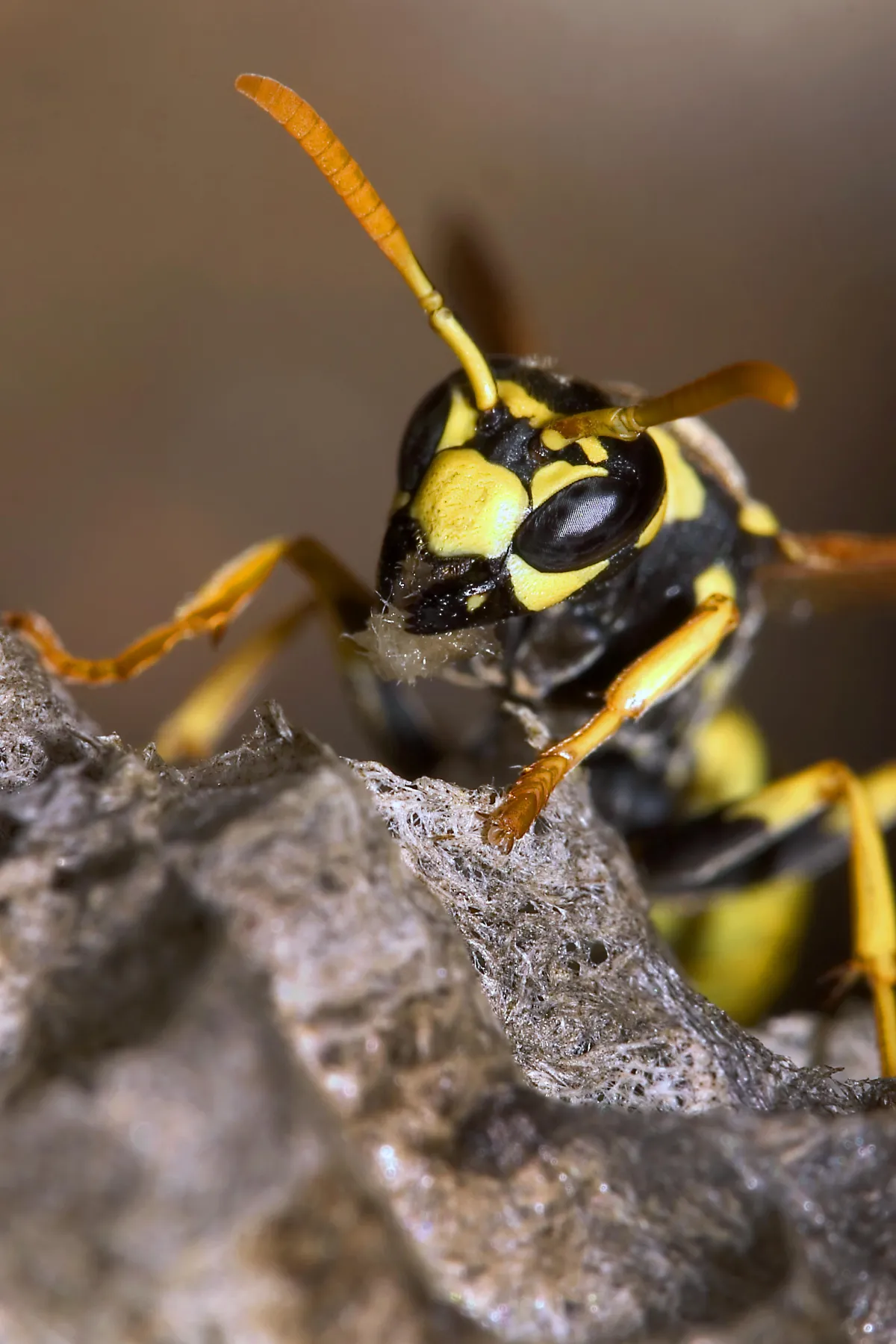
Customized Treatment Plan
Based on our findings, we'll develop a tailored stinging pest control strategy that may include:
Direct Nest Treatments
Specialized applications to safely eliminate active nests
Dust treatments for wall voids or other enclosed spaces
Complete nest removal when necessary and appropriate
Preventative Barriers
Residual applications to prevent new nest formation
Treatment of potential nesting sites to discourage establishment
Strategic applications around entry points and structures
Habitat Modification
Recommendations for reducing conditions that attract stinging pests
Guidance on landscape management to minimize attractive features
Advice on structural modifications to eliminate potential nesting sites

Prevention Strategies
We'll help prevent future stinging pest problems by:
Sealing entry points where stinging insects can access structures
Recommending habitat modifications to make your property less attractive
Suggesting maintenance practices that discourage nesting
Advising on proper food and waste management to reduce attractants
Follow-Up Protection
Our commitment to stinging pest control includes:
Scheduled follow-up visits to ensure complete elimination
Ongoing monitoring for signs of new activity
Additional treatments as needed
Continuous protection against future stinging pest problems
Stinging Pest Prevention Tips
To help keep stinging insects away from your property:
Structural Maintenance
Seal entry points: Caulk cracks and gaps in exterior walls and foundations
Repair screens: Ensure window and door screens are intact
Close gaps: Install door sweeps and weather stripping to eliminate gaps
Maintain wood: Paint or seal wooden surfaces to deter carpenter bees
Outdoor Management
Proper waste disposal: Keep garbage cans tightly sealed
Clean eating areas: Promptly clean outdoor dining spaces
Reduce standing water: Eliminate sources of water that attract insects
Trim vegetation: Keep shrubs and trees trimmed away from structures
Food Sources
Cover sweet items: Keep sweet drinks and foods covered when outdoors
Clean up spills: Promptly clean spilled beverages or food
Manage fruit trees: Regularly collect fallen fruit
Pet food: Don't leave pet food outdoors for extended periods
The Risks of Stinging Pest Infestations
Stinging pests can cause several problems around your property:
Health Concerns
Painful Stings: All stinging insects deliver painful venom that causes swelling and discomfort
Allergic Reactions: Some people experience severe allergic reactions requiring emergency treatment
Anaphylaxis: In allergic individuals, stings can trigger life-threatening anaphylactic shock
Property Issues
Structural Damage: Carpenter bees can damage wooden structures through tunneling
Nest Building: Repeated nest building in the same areas can damage surfaces
Outdoor Usage: Presence of nests can limit the use and enjoyment of outdoor spaces
Our Stinging Pest Control Guarantee
We stand behind our services with our satisfaction guarantee. If stinging pests return between scheduled treatments, so will we—at no additional cost to you.
Frequently Asked Questions
Get answers to common questions about stinging pests
What insects have stingers?
Stinging insects primarily include wasps (paper wasps, yellowjackets, mud daubers), hornets (bald-faced hornets, European hornets), bees (honey bees, bumble bees, carpenter bees), and some ants (fire ants, harvester ants). Though not insects, scorpions also sting. All these creatures possess a stinger (modified ovipositor) connected to venom glands, which they use for defense or to subdue prey.
Which insects can only sting once?
Honey bees are the most notable insects that can only sting once. Their stingers have backward-facing barbs that become embedded in human skin. When the bee flies away after stinging, part of its abdomen tears away with the stinger, resulting in the bee's death. Most other stinging insects, including wasps, hornets, yellowjackets, bumble bees, and ants, have smooth stingers that allow them to sting multiple times, making them particularly dangerous when defending their nests.
What kind of stinging insect lives in the ground?
Several stinging insects build nests underground, including yellowjackets (particularly Eastern yellowjackets in abandoned rodent burrows), bumble bees (in abandoned rodent holes or under grass clippings), cicada killer wasps (in well-drained soil), digger bees (in individual burrows), harvester ants (with large underground colonies), and fire ants (with distinctive mounded nests). Ground-nesting insects can be particularly problematic because their nests may not be visible until accidentally disturbed by lawn mowing, gardening, or children playing, often triggering aggressive defensive behavior.
How do exterminators get rid of stinging pests?
Professional exterminators use several techniques to eliminate stinging pests, including proper species identification, direct nest treatment with specialized insecticides or dusts, wearing protective equipment for safety, applying residual barriers to prevent new nests, using extension poles and specialized applicators for difficult-to-reach nests, safely removing nests after treatment, treating entry points and wall voids, and conducting follow-up inspections. Professional treatment is strongly recommended due to the risk of multiple stings and potential allergic reactions when attempting DIY control.
Can I DIY stinging pest control?
While DIY products are available, professional treatment is strongly recommended for stinging insects due to significant safety risks: disturbing nests can trigger aggressive defense, unknown allergies could make stings life-threatening, DIY methods often fail to completely eliminate colonies, and most homeowners lack the specialized protective gear and product knowledge for safe, effective treatment. Professionals can also locate and treat hidden nests and provide expertise on preventing future infestations. If attempting DIY control, always treat nests at night when insects are less active, wear protective clothing, and never attempt removal if you have known allergies.
Ready for Stinging Pest-Free Living?
Don't let stinging insects make your outdoor spaces uncomfortable or dangerous. Our professional stinging pest control services provide effective, lasting solutions to eliminate these painful pests.
We guarantee your satisfaction—if stinging pests return between scheduled treatments, so will we at no additional cost.



COMPANY
LEGAL
Contact
© Copyright 2025. Desert Shield Pest Control. All Rights Reserved.
